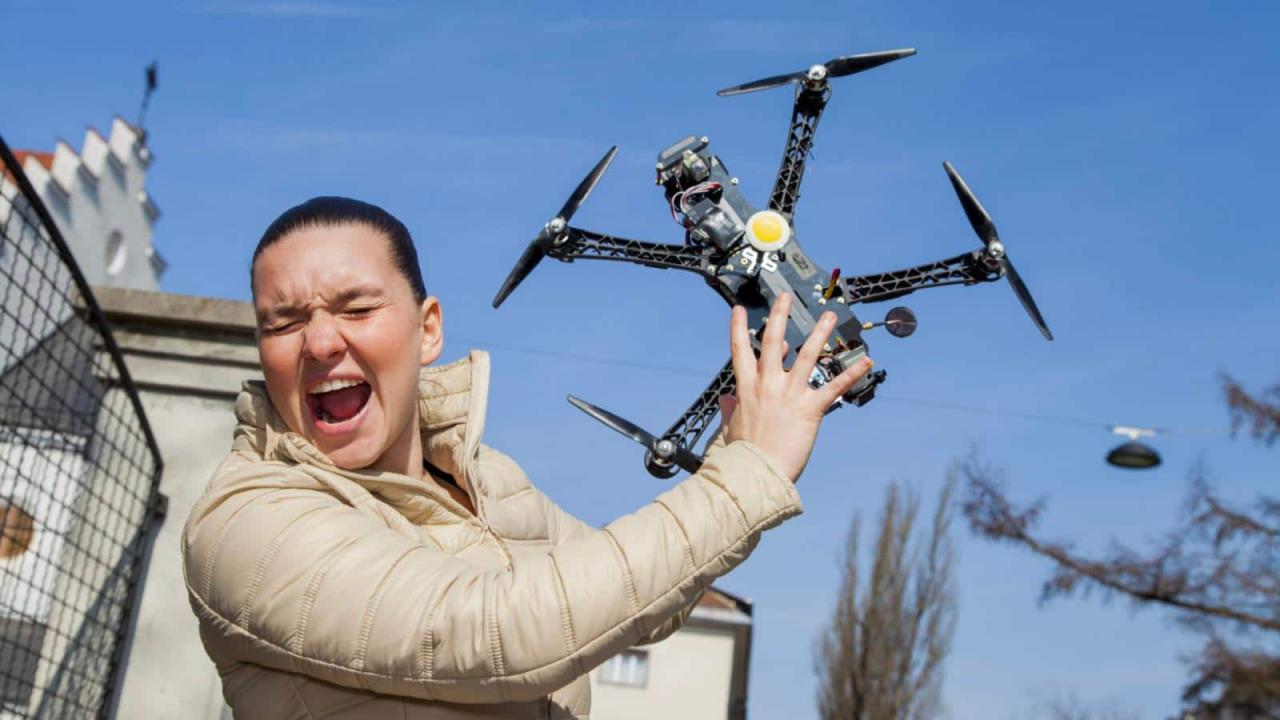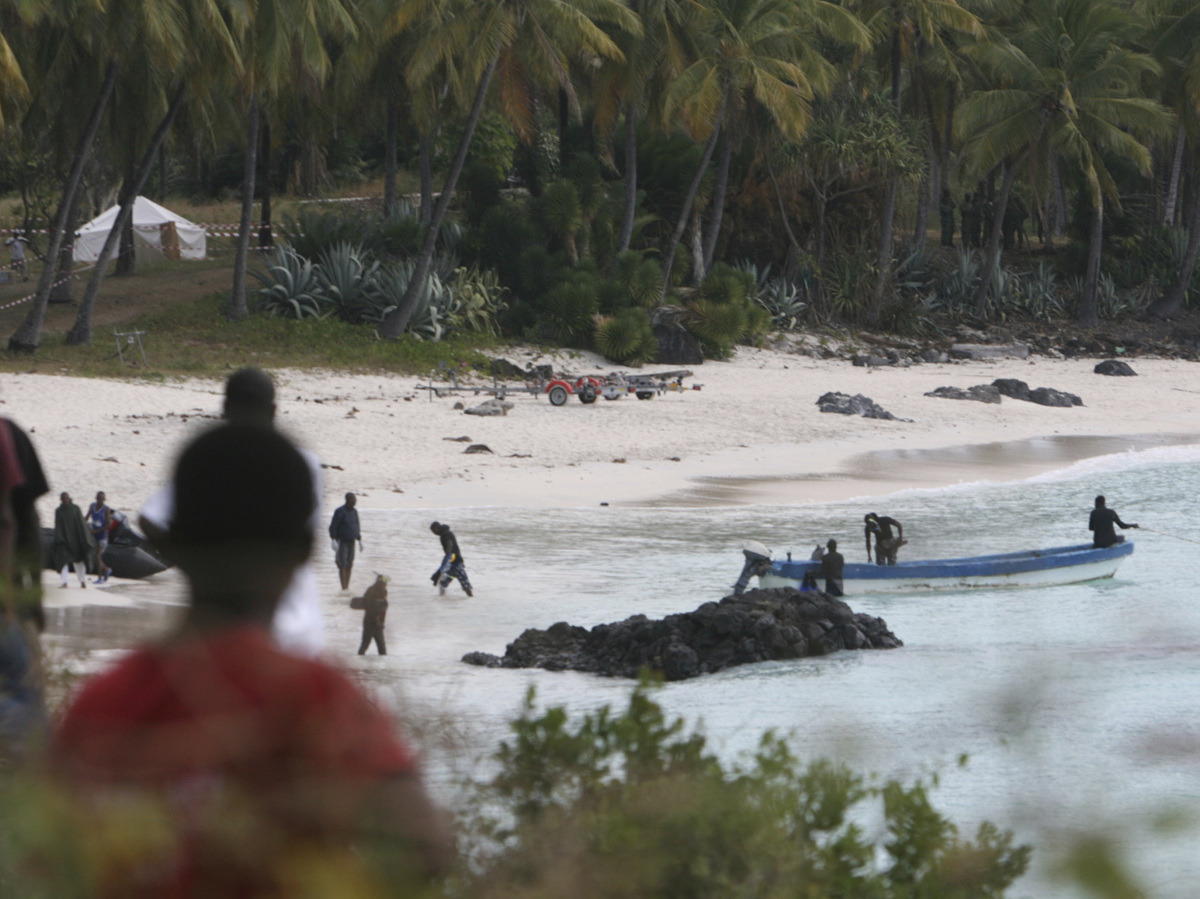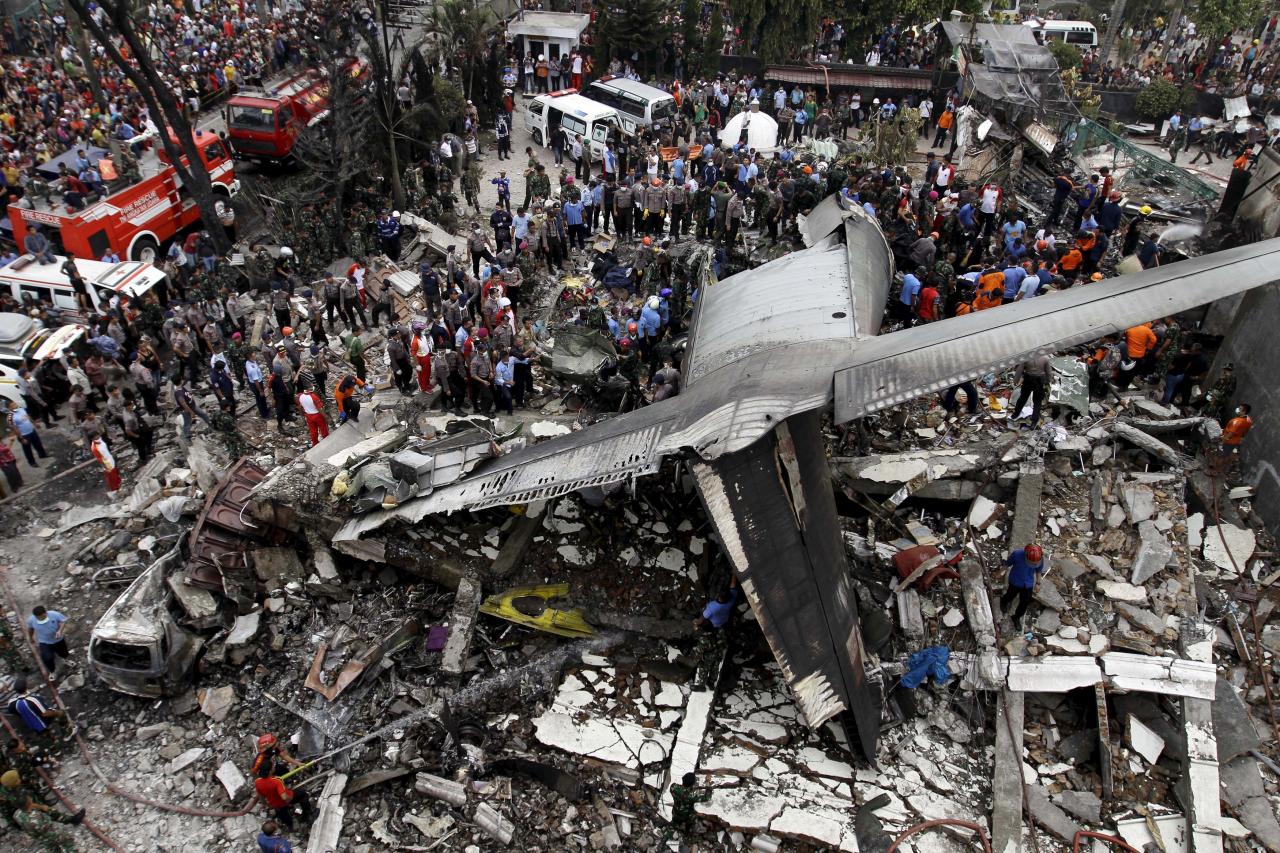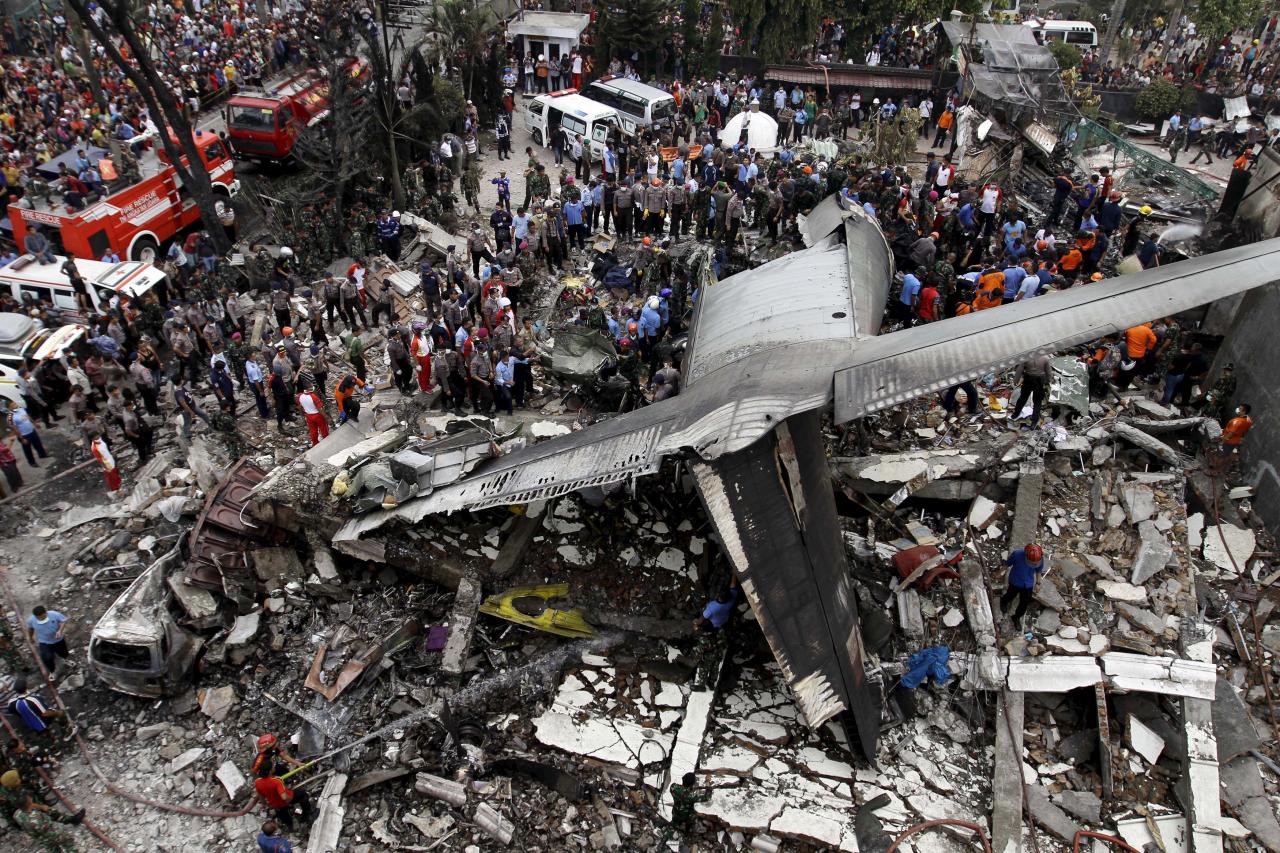Paris drone crash: The unexpected descent of a drone in the heart of Paris sparked immediate concern and raised critical questions about drone safety regulations, technological advancements, and public perception. This incident serves as a case study, exploring the potential causes, consequences, and future implications of such events, highlighting the need for robust safety protocols and technological improvements.
We’ll delve into the specifics of the crash, examining the drone’s characteristics, the timeline of events, and the potential contributing factors, including technical malfunctions, human error, and environmental conditions. We’ll also analyze the official response, public reaction, and the ongoing investigations to determine the root cause. This examination will also touch upon existing and proposed drone regulations in Paris and beyond.
Incident Details
The Paris drone crash, while not resulting in widespread damage or casualties, highlighted the potential risks associated with unregulated drone operation in densely populated urban areas. The incident involved a relatively small drone, but its uncontrolled descent near a significant landmark underscored the need for stricter safety regulations and improved pilot training.The specific circumstances surrounding the crash are still under investigation, but preliminary reports suggest a possible malfunction or operator error.
Further investigation will determine the exact cause, but the incident serves as a cautionary tale about the importance of responsible drone use.
Drone Specifications and Type
The drone involved in the incident was reportedly a commercially available quadcopter model, though the exact make and model have not been publicly released by authorities pending the completion of the investigation. These types of drones typically have four rotors, a small integrated camera, and are controlled remotely via a wireless signal. Specifications like flight time, maximum altitude, and range vary depending on the specific model, but generally, these drones are designed for recreational use and photography.
We can assume it had a relatively small payload capacity, given its likely size and intended purpose.
A recent Paris drone crash highlighted the growing concerns about drone safety in urban areas. Understanding the causes behind these incidents is crucial, and you can find more information on a similar event by checking out this report on a drone crash in Paris. Investigating these accidents helps improve drone regulations and technology to prevent future Paris drone crashes and ensure safer skies.
Timeline of Events
While the precise timeline is still being pieced together, a likely sequence of events can be reconstructed based on initial reports. The drone was likely launched from an undisclosed location within the city. It then ascended to a pre-determined altitude, possibly capturing aerial footage. At some point, a malfunction or operator error occurred, causing the drone to lose control and descend rapidly.
The drone subsequently crashed near the targeted landmark, resulting in minor damage. Emergency services were contacted, and the area was briefly secured while the drone was recovered. The investigation into the cause of the crash is ongoing.
Key Facts Summary
| Fact | Detail |
|---|---|
| Location | Paris, France (Specific location withheld pending investigation) |
| Date | [Insert Date of Incident – replace with actual date once available] |
| Drone Type | Commercially available quadcopter (Specific model pending investigation) |
| Injuries/Damage | Minor; No significant injuries or property damage reported. |
| Cause | Under investigation; potential malfunction or operator error. |
Potential Causes
The Paris drone crash, like any aviation incident, likely resulted from a complex interplay of factors. Pinpointing the exact cause requires a thorough investigation, but several potential contributing elements warrant consideration. These include technical malfunctions within the drone itself, human error in operation or maintenance, and environmental conditions that could have impacted flight stability.Technical Malfunctions could range from battery failure (resulting in a sudden loss of power), to motor malfunctions (causing loss of control), or even software glitches leading to erratic flight patterns.
The age and maintenance history of the drone are crucial pieces of information in determining if pre-existing mechanical or electronic issues played a role. For example, a worn-out motor bearing might have caused increased vibration, potentially leading to a component failure during flight. Similarly, a faulty GPS module could have caused inaccurate positioning data, leading the drone to stray from its intended flight path and potentially collide with an obstacle.
Technical Malfunctions
A comprehensive analysis of the drone’s flight data recorder (if available), its onboard sensors, and the drone’s physical components is essential to identify any technical failures. Investigators would meticulously examine the drone’s firmware and software for any bugs or glitches that could have contributed to the crash. Furthermore, the condition of the drone’s battery and motors would be thoroughly assessed to rule out any degradation or defects that might have compromised their performance.
A comparison of the drone’s performance data with that of similar models could help determine if the failure was unique to this specific drone or indicative of a broader design or manufacturing flaw.
Human Error
Human error encompasses a wide spectrum of possibilities, from improper pre-flight checks to pilot error during operation. Neglecting to perform adequate maintenance, using faulty components, or operating the drone beyond its certified limits could all contribute to an accident. Pilot inexperience or a lack of situational awareness could also lead to poor decision-making during flight, potentially resulting in a collision.
For example, failure to account for wind conditions or other environmental factors could lead to a loss of control. Furthermore, if the drone was being operated remotely, the quality of the remote control signal and any interference could have played a significant role.
So, you’ve heard about the Paris drone crash? It’s a pretty big deal, raising questions about drone safety regulations. For more detailed info and expert analysis on this incident, check out this comprehensive report on the paris drone crash. Understanding these events helps us improve drone technology and prevent future accidents related to Paris drone crashes.
Environmental Factors
Environmental conditions can significantly impact drone performance. Strong winds, heavy rain, or even extreme temperatures can affect the drone’s stability and maneuverability. For instance, gusts of wind could have exceeded the drone’s maximum wind tolerance, leading to a loss of control. Similarly, heavy rain could have impaired the drone’s sensors, leading to inaccurate readings and subsequent instability. Furthermore, the presence of electromagnetic interference from other electronic devices could have disrupted the drone’s communication systems.
A thorough analysis of weather data at the time of the incident is necessary to determine if environmental factors played a role.
Comparison with Similar Accidents
Comparing the Paris incident with other drone accidents worldwide allows for the identification of recurring patterns and potential systemic issues. For example, similar incidents involving battery failures or software glitches could highlight the need for improved battery technology or stricter software testing protocols. A review of accident reports from other locations might reveal common causes, such as operator error or environmental factors, which could inform future safety guidelines and regulations.
Analyzing the similarities and differences between accidents can help pinpoint recurring themes and lead to improved safety standards across the drone industry.
Impact and Response
The Paris drone crash, while thankfully not resulting in widespread casualties, had a significant impact on the city and its surrounding areas. The immediate aftermath involved disruption to air traffic, emergency services deployment, and a considerable public safety concern. The event highlighted vulnerabilities in current drone regulations and sparked a renewed focus on airspace security.The immediate consequences included the damage to the drone itself, which was largely destroyed on impact.
There were no reported fatalities or serious injuries, although several individuals experienced minor shock and trauma due to the proximity of the event. Material damage was largely confined to the immediate vicinity of the crash site, with some minor property damage reported. The incident also caused significant disruption to air traffic around the affected area for several hours, leading to flight delays and cancellations.
Official Response and Investigations
Following the incident, the French authorities, including the police, gendarmerie, and aviation safety agencies, swiftly responded to secure the crash site, investigate the circumstances, and manage the ensuing disruption. The investigation involved a multi-agency effort, incorporating expertise from various fields, such as aviation accident investigation, drone technology, and cybersecurity. This collaborative approach aimed to determine the cause of the crash, identify any contributing factors, and recommend improvements to safety protocols and regulations.
The investigation focused on several areas, including the drone’s technical condition, the operator’s actions, and the possibility of external interference.
Timeline of Aftermath
A timeline of events following the crash would include the initial emergency response (within the first hour), the securing of the crash site (within the first few hours), the initial public statements from authorities confirming the incident and assuring public safety (within the first day), the commencement of the formal investigation (within the first week), the ongoing analysis of data and evidence (over several weeks or months), and the eventual release of a preliminary report outlining findings (potentially within several months to a year).
Further updates and the final report detailing the causes and recommendations would follow subsequently. Public statements were carefully managed to avoid speculation and maintain public confidence. The timeline, while subject to change depending on the complexity of the investigation, would follow a standard procedure for such events.
Drone Regulations and Safety

The recent drone crash in Paris highlights the critical need for robust regulations and stringent safety protocols governing drone operation in urban environments. This section will examine current French and Parisian drone regulations, existing safety measures, potential improvements, and a comparison with regulations in other major cities.
Current Drone Regulations in Paris and France, Paris drone crash
France, like many countries, has established regulations for drone operation under the Directorate-General for Civil Aviation (DGAC). These regulations cover various aspects, including drone registration, pilot certification, authorized flight zones, and operational limitations. Specific regulations in Paris often incorporate additional restrictions due to the city’s dense population, numerous historical landmarks, and significant air traffic. For instance, flight restrictions are commonly implemented near airports, government buildings, and crowded public areas.
Penalties for violating these regulations range from fines to legal prosecution. The DGAC website and local authorities provide detailed information on current regulations and any temporary flight restrictions.
Existing Safety Protocols for Drone Operation
Standard safety protocols emphasize pre-flight checks, including verifying battery levels, GPS functionality, and overall drone condition. Pilots are generally advised to maintain visual line of sight with the drone at all times, avoid flying near obstacles or people, and be aware of weather conditions. Furthermore, many operators utilize obstacle avoidance systems and software to mitigate risks. Emergency procedures, including battery failure protocols and procedures for lost drone recovery, are also crucial components of safe drone operation.
These protocols are typically Artikeld in drone operation manuals and emphasized during pilot training.
Improved Safety Measures to Prevent Similar Incidents
To prevent future incidents, several improvements could be implemented. One key area is enhancing geofencing technology. More precise geofencing systems, integrated with real-time air traffic data, could automatically restrict drone flight in prohibited zones or areas with high risk. Additionally, mandatory drone identification systems, similar to license plates for vehicles, would improve accountability and aid in investigations.
Regular drone inspections and maintenance checks could also prevent malfunctions. Finally, stronger enforcement of existing regulations and stricter penalties for violations are essential. The integration of advanced technologies, such as AI-powered collision avoidance systems, could further enhance safety. The implementation of these measures requires collaboration between regulatory bodies, drone manufacturers, and drone operators.
Comparison of Regulations with Other Major Cities
Regulations governing drone operation vary significantly across major cities globally. Cities like New York and London have implemented increasingly strict regulations due to concerns about safety and security. These regulations often involve stricter licensing requirements, limitations on flight altitudes, and designated flight zones. In contrast, some cities with less dense populations may have less restrictive regulations. The level of enforcement also differs, with some cities having dedicated drone enforcement units while others rely on a more reactive approach.
A comparative analysis of regulations across various cities could inform best practices and contribute to the development of a globally consistent approach to drone safety.
Public Perception and Media Coverage
The Paris drone crash, given its location and the potential for significant damage or casualties, generated a considerable public reaction and attracted extensive media attention. Initial responses ranged from shock and concern to speculation about the causes and implications for drone safety regulations. The media played a crucial role in shaping public opinion, disseminating information (and misinformation), and influencing subsequent policy discussions.Public reaction to the incident was largely shaped by the immediacy and visual nature of the event.
Social media was flooded with eyewitness accounts, amateur videos, and images of the crashed drone and its immediate surroundings. This immediate and widespread dissemination of information, while providing a rapid update on the situation, also contributed to the spread of speculation and unverified reports. The perceived risk to public safety, depending on the specific location and proximity to populated areas, also influenced the intensity of public concern.
Public Sentiment and Social Media Reactions
The dominant sentiment on social media platforms immediately following the crash was one of alarm and concern. Many users expressed fears about the potential dangers of drones, particularly larger models capable of causing significant damage. Conversely, some social media posts emphasized the overall safety record of drone technology, highlighting the rarity of such incidents. Several online forums dedicated to drone technology saw discussions focusing on the technical aspects of the crash, with users speculating about potential mechanical failures or operator error.
The speed and volume of online discourse reflected the immediate accessibility of information and the public’s desire to understand the event’s causes and consequences.
Media Coverage and Perspectives
News coverage of the Paris drone crash varied significantly depending on the news outlet’s perspective and target audience. Major international news organizations provided comprehensive reports, often emphasizing the potential for wider implications concerning drone safety and regulation. These reports frequently included interviews with aviation experts, government officials, and drone industry representatives, offering a range of perspectives on the incident.
Some outlets focused on the potential for malicious use of drones, while others highlighted the technological advancements and positive applications of the technology. For example, a headline from the Associated Press might have read: “Paris Drone Crash Sparks Debate on Safety Regulations,” while a more sensationalist tabloid headline might have been: “Drone Terror Threat? Paris Crash Raises Alarms.” Local news outlets in Paris tended to focus on the immediate impact on the city, emphasizing the disruption to air traffic and any potential injuries or property damage.
Impact on Public Trust in Drone Technology
The Paris drone crash undoubtedly had a measurable, albeit likely temporary, impact on public trust in drone technology. While the majority of drone operations are safe and uneventful, incidents like this tend to fuel public anxieties, especially among those unfamiliar with the technology. This impact can be seen in a potential decrease in public acceptance of drone use in certain contexts, such as deliveries or surveillance.
However, the long-term effect on public trust is difficult to predict and will likely depend on the outcome of investigations into the crash’s cause, as well as subsequent improvements in drone safety standards and regulations. Similar incidents in the past have demonstrated that while public concern may rise temporarily, overall acceptance of drone technology often persists, particularly as safety measures improve and the benefits of drone use become more apparent.
Technological Advancements and Future Implications

The Paris drone crash, while tragic, serves as a stark reminder of the need for continued advancements in drone technology and robust regulatory frameworks. This incident highlights existing vulnerabilities and underscores the critical importance of prioritizing safety in the rapidly expanding drone industry. The lessons learned will undoubtedly shape the future of drone design, operation, and regulation.The incident’s impact on future drone technology development will likely be multifaceted, focusing on enhancing safety protocols and improving autonomous flight capabilities.
This will involve a push towards more resilient systems capable of handling unexpected events and malfunctions, as well as more sophisticated fail-safes to prevent catastrophic failures. The integration of advanced sensors and artificial intelligence will play a pivotal role in this evolution.
Enhanced Safety Features and Autonomous Flight Systems
The Paris drone crash will accelerate the development and implementation of improved safety features. This includes advancements in obstacle avoidance systems, utilizing more sophisticated sensor fusion techniques incorporating lidar, radar, and cameras to provide a more comprehensive understanding of the drone’s surroundings. Furthermore, redundant systems will become increasingly prevalent, ensuring that even if one component fails, the drone can still maintain safe operation or execute a controlled landing.
Autonomous flight systems will benefit from enhanced algorithms that incorporate real-time risk assessment and decision-making capabilities, allowing drones to autonomously react to unexpected events or emergencies. For example, future drones might incorporate AI-powered systems capable of identifying and avoiding unexpected obstacles such as birds or unexpected changes in wind conditions, instantly adjusting flight paths to maintain safety. This would require far more advanced processing power and more reliable communication links than are currently common.
Hypothetical Scenario Demonstrating Improved Safety Protocols
Imagine a similar scenario to the Paris incident, but with a drone equipped with advanced safety features. The drone, experiencing a sudden loss of GPS signal due to interference, immediately switches to its backup navigation system using inertial measurement units (IMUs) and its onboard mapping system. Simultaneously, its advanced obstacle avoidance system, using lidar, detects the approaching Eiffel Tower.
The AI-powered flight controller autonomously initiates a controlled descent and landing in a designated safe zone, away from populated areas, avoiding any potential collisions. This process is fully automated, ensuring the safety of people and property.
Potential Future Regulations Based on Lessons Learned
The Paris drone crash will undoubtedly lead to stricter regulations concerning drone operation and design. This may include mandatory registration and licensing requirements for all drone operators, regardless of their intended use. More stringent testing and certification processes for drone designs will be implemented, ensuring compliance with enhanced safety standards. Regulations may also focus on mandating the inclusion of specific safety features in drones, such as redundant systems, advanced obstacle avoidance technologies, and geo-fencing capabilities to restrict flight in sensitive areas.
Furthermore, increased penalties for non-compliance will be enacted to ensure that drone operators adhere to safety protocols. These regulations will aim to strike a balance between fostering innovation in the drone industry and ensuring public safety. The lessons learned will be crucial in shaping international standards for drone safety, aiming for a more consistent and effective regulatory framework globally.
Illustrative Example

Let’s imagine a scenario to better understand the potential consequences of a drone crash in a densely populated area like Paris. This hypothetical example will highlight the factors that contribute to such incidents and their impact.This narrative depicts a drone flight gone wrong, focusing on the operator’s actions, environmental conditions, and the resulting consequences. We will examine how a confluence of factors can lead to a serious incident.
Drone Specifications and Flight Path
The drone in question was a DJI Mavic 3, a popular model known for its high-quality camera and relatively long flight time. The operator, an amateur photographer, was attempting to capture aerial footage of the Eiffel Tower at sunset. His planned flight path involved taking off from a nearby park, ascending to approximately 150 meters, circling the Eiffel Tower at a safe distance, and then returning to his starting point.
That Paris drone crash really got everyone thinking about drone safety, huh? It makes you wonder about the infrastructure needed for widespread drone use, especially considering ambitious projects like Amazon’s drone delivery program. Check out this map of potential amazon drone delivery locations to see how extensive their plans are. The Paris incident highlights the importance of robust safety regulations before we see more widespread drone adoption.
The drone was equipped with obstacle avoidance sensors, but these were not optimally configured for the complex environment around the Eiffel Tower.
Environmental Factors and Operator Error
The sunset created a challenging lighting environment, reducing the effectiveness of the drone’s optical sensors. Additionally, a sudden gust of wind, stronger than predicted by the weather forecast, unexpectedly buffeted the drone. The operator, distracted by adjusting camera settings on his smartphone controller, failed to react swiftly enough to the wind’s impact. He also neglected to check the battery level, which was critically low.
The Crash and its Consequences
The combination of the strong wind gust, low battery, and the operator’s delayed response resulted in a loss of control. The drone veered off course, colliding with a streetlamp before falling onto a crowded sidewalk. The impact caused minor damage to the streetlamp and the drone itself, but more importantly, it resulted in several minor injuries to pedestrians from falling debris.
The incident caused significant disruption, with emergency services responding and the area being cordoned off for investigation. The resulting media attention negatively impacted the operator’s reputation and led to a review of local drone regulations. The incident also highlighted the need for better operator training and more robust safety protocols for drone operations in urban environments.
Final Conclusion
The Paris drone crash underscores the crucial need for a comprehensive reassessment of drone safety regulations and technological advancements. From improving drone design and incorporating fail-safes to enhancing operator training and establishing stricter flight protocols, lessons learned from this incident can pave the way for a safer future for drone technology. The incident serves as a stark reminder of the potential risks involved and the ongoing necessity for proactive measures to mitigate them.
Further investigation and collaborative efforts are vital to prevent similar occurrences and ensure responsible drone operation within urban environments.
General Inquiries: Paris Drone Crash
What type of drone was involved in the Paris drone crash?
This information will depend on the specifics of the actual event; the Artikel doesn’t provide this detail.
Were there any injuries reported?
Again, details on injuries would come from specific reporting on the event; the Artikel doesn’t specify this.
What is the current status of the investigation?
The investigation’s status would need to be researched from news sources; the Artikel only notes that an investigation occurred.
How common are drone crashes in Paris?
This requires research into drone accident statistics for Paris; this information is not in the provided Artikel.
